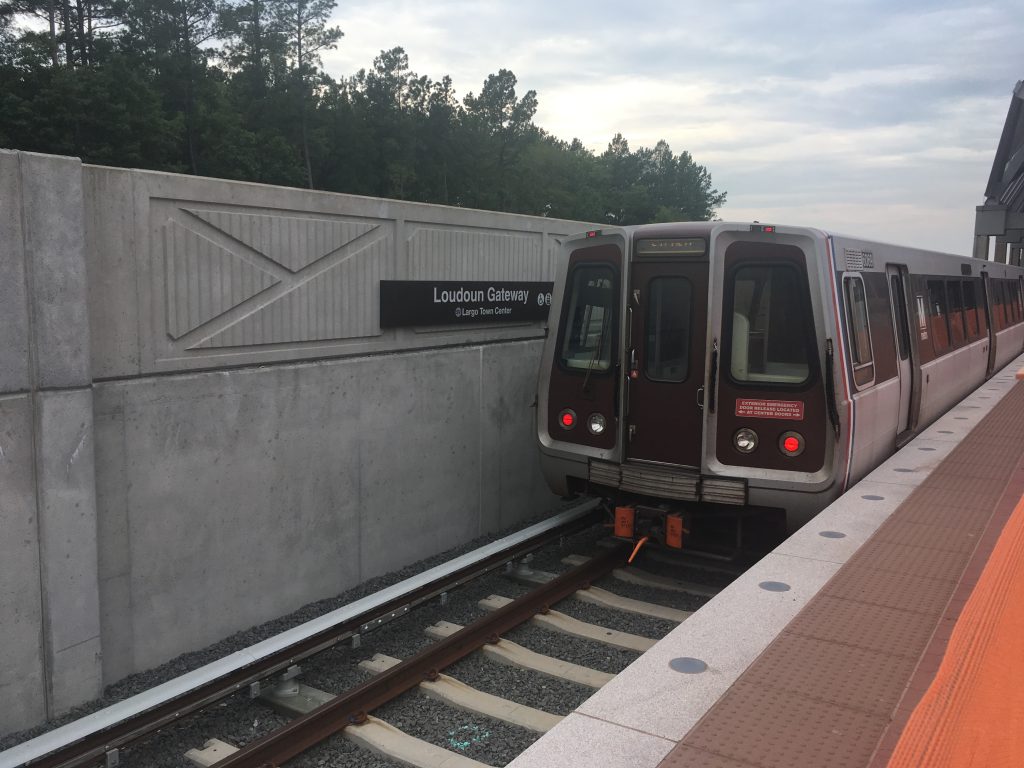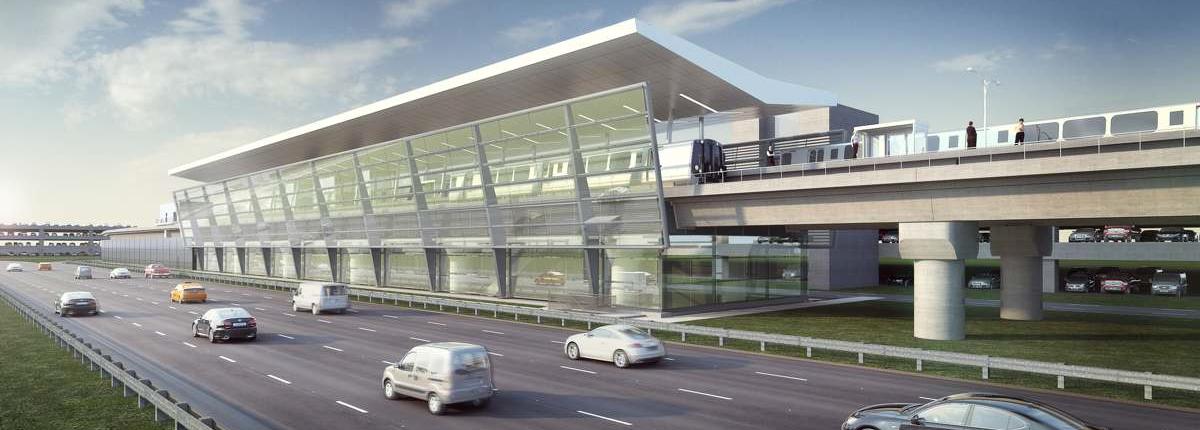As Capital Rail Constructors (CRC) continues towards the finish line on the Silver Line Phase 2A project, dynamic testing has begun. Dynamic testing is how CRC ensures the Automatic Train Control (ATC) systems meet Federal Transit Administration’s standards for certification. This includes any tests involving trains on the track that physically validate the rail system’s safe operation. In the Silver Line Phase 2A’s case, that means testing 11 train control rooms that act as the ATC’s brains that control the system.

Rail polishing
Before the Silver Line Phase 2A project could begin dynamic testing, CRC had to complete rail polishing. Ohm’s Law states Electric Current = Voltage/Resistance. On the Silver Line Phase 2A, this applies to the third rail – the one that carries the electrical charge that powers the train. After initial track installation, various crews remain at work completing their jobs and dust and particulate matter from their work can land on the third rail. When trains don’t run regularly on the tracks, the third rail can develop rust, or mill scale. This creates resistance, which must be eliminated through rail polishing to optimize the electrical connection.
For this project, CRC modified an F-550 truck that drives on the rails with a rig that polishes the third rail prior to putting trains on the tracks. The rig features a cleaning attachment that is more aggressive than a standard rail polishing system to help cut through mill scale and knock off rust before trains begin service.
So what goes into dynamic testing? Here are two examples of the types of tests the team conducts to ensure the system will operate as intended – safely, reliably, and predictably.
Safe brake testing
Each of the line’s 11 train control rooms corresponds to a section of track. That section of track has a series of track circuits in it, and those track circuits represent blocks. Safe brake testing validates that the ATC system will put a train into a breaking condition prior to colliding with another train on the tracks.
Charlie Breeden, the testing director at Capital Rail Constructors, said the testing simulates the worst-case scenario – a train going faster than it should, or at an “over-speed condition,” approaching another train. Testers put a reflector on the track to simulate the other train on the tracks and install a receiver on the fast-moving train to detect the reflector. It has a 2-second hold time while testers simulate reaction time, brakes get applied and the train comes to a full stop. Testers then measure the distance from the point where the speeding train stopped to where the theoretical train/reflector is. That distance, or “margin,” must meet certain requirements. Physics (Distance = Speed x Time) can predict where the train should stop. Testing ensures it does stop consistently at that required distance.
As of early July 2019, CRC has completed approximately 50% of the safe brake tests with a 100% pass rate.
“We are substantially outperforming the model’s expectation,” Breeden said. “The design is even safer than it needs to be relative to the model, which assumes a worst-case scenario. It’s common on projects like these when you conduct safe braking tests to have to move some things around or adjust tracks, but we haven’t experienced that because of the conservative nature of the model.”
Control line testing
With brake testing more than halfway complete, CRC has begun preparing for control line testing. The control line is what ultimately provides commands to the train that tell it what it’s supposed to do. It transmits all information including speed commands from the train’s 11 control rooms to the train and from the train back to the train control room.
CRC will test the control lines using 7000 Series trains, Metro’s new preferred trains. Testers will run the trains in automatic mode and make sure they follow the proper speed commands, see that they react correctly, and ensure control rooms get clear indications about how the train operates. They’ll also set some routes and validate that when a train traveling on track one needs to cross over to track two, it happens automatically and safely.
Testing will begin later this summer on more than 800 control lines.
Breeden, an industry veteran with five other large-scale projects under his belt, said ensuring safety on the Silver Line Phase 2A project brings him great pride and satisfaction.
“It’s a big deal, right?” Breeden said. “It’s a large scope of work, an important scope of work and it’s something that’s going to be around for a long time. When you consider that, there’s a lot of legacy associated with the project that’ll be good to be associated with.”
Safety for crews and eventual Silver Line Phase 2A users remains his focus as the project nears completion.
“I think the most important thing passengers should know is that they’ve got a safe, operable system that’s been thoroughly tested and is going to be a reliable system for years to come,” he said.
